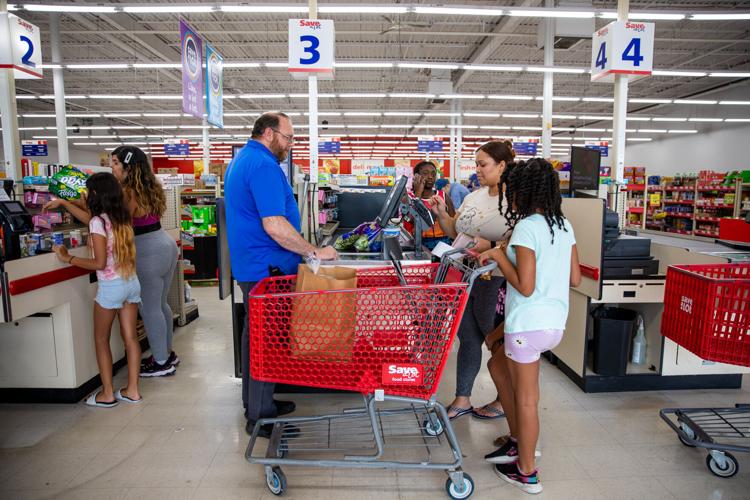It’s no secret that prices for just about everything are up across the board, between gas and food, and people are feeling the increase at the pump and in the stores.
Shoppers are buying less-healthy food because they are cheaper while they lose the nutritional value that healthy meals can provide. The Supplemental Nutrition Assistance Program for Women, Infants, and Children, or WIC, are helpful, but the sheer volume of food available on store shelves can be confusing.
Theresa Lux, executive director of Catholic Charities of Columbia and Greene Counties, said WIC, which serves pregnant women and breast-feeding mothers of children up to age 5, has been busy since the pandemic and now in the midst of historic inflation.
“During COVID, fruits and vegetables were in high demand,” Lux said. “The program gives women a certain dollar amount per month to buy fruits and vegetables that are frozen or canned. But in the pandemic, and up until September, women were given $24 a month to spend.
As of July, grocery stores prices were 7.6% higher than they were one year ago, while wages increased about 5.6%.
“With the price of food going up, we’re expanding our eligibility requirements so women in Columbia and Greene counties can buy nutritious food like tuna or wheat pasta,” Lux said. “Expanding the eligibility leaves money in their budgets to spend on other foods that they need.”
SNAP, or food stamp, benefits increased through July so families have more money to buy higher-priced food online or in person, Lux said.
Misconceptions that healthy foods are always more expensive may needlessly create the sense that eating cheaper but less nutritious food is the only choice.
Kaylee Lasher, clinical nutrition manager at Columbia Memorial Health, who offers counseling for people seeking advice on healthy eating, said the best way to accomplish the goal is to conceive a meal plan and stick to it.
“Sit down and make a list before you walk into a store and just grab anything that appeals to you and end up with items you don’t need,” she said.
She recommends buying items during weekly sales and avoiding full-priced items. The price of produce tends to fluctuate in cycles. Buying in-season produce is often less expensive and the nutrients are fresher, especially in peaches, tomatoes and squash.
Some of the items that serve as nutritious meat substitutes are plant-based alternatives, beans, lentils and other foods rich in fiber, Lasher said. She said more cooking from scratch can be cheaper and healthier than cooking processed foods.
“Increased processed foods are less healthy than fruits, vegetables, potatoes, brown rice, dairy products — even eggs — and some meats,” Lasher said. “Healthy proteins can be very expensive, so one alternative is pork tenderloin. It’s a great cut of meat and it’s healthy and inexpensive.”
People that have been eating healthy all along, but have now changed to a less healthy diet may have stomach issues as they may be cutting back on fiber and experience elevated blood sugar levels, which also increases the risk of developing diabetes.
Other healthier foods that are cheaper include beans, lentils, lagoons, canned chicken, canned tuna, in addition to frozen fruit and vegetables, which last longer than fruit and vegetables that are generally left at room temperature.













